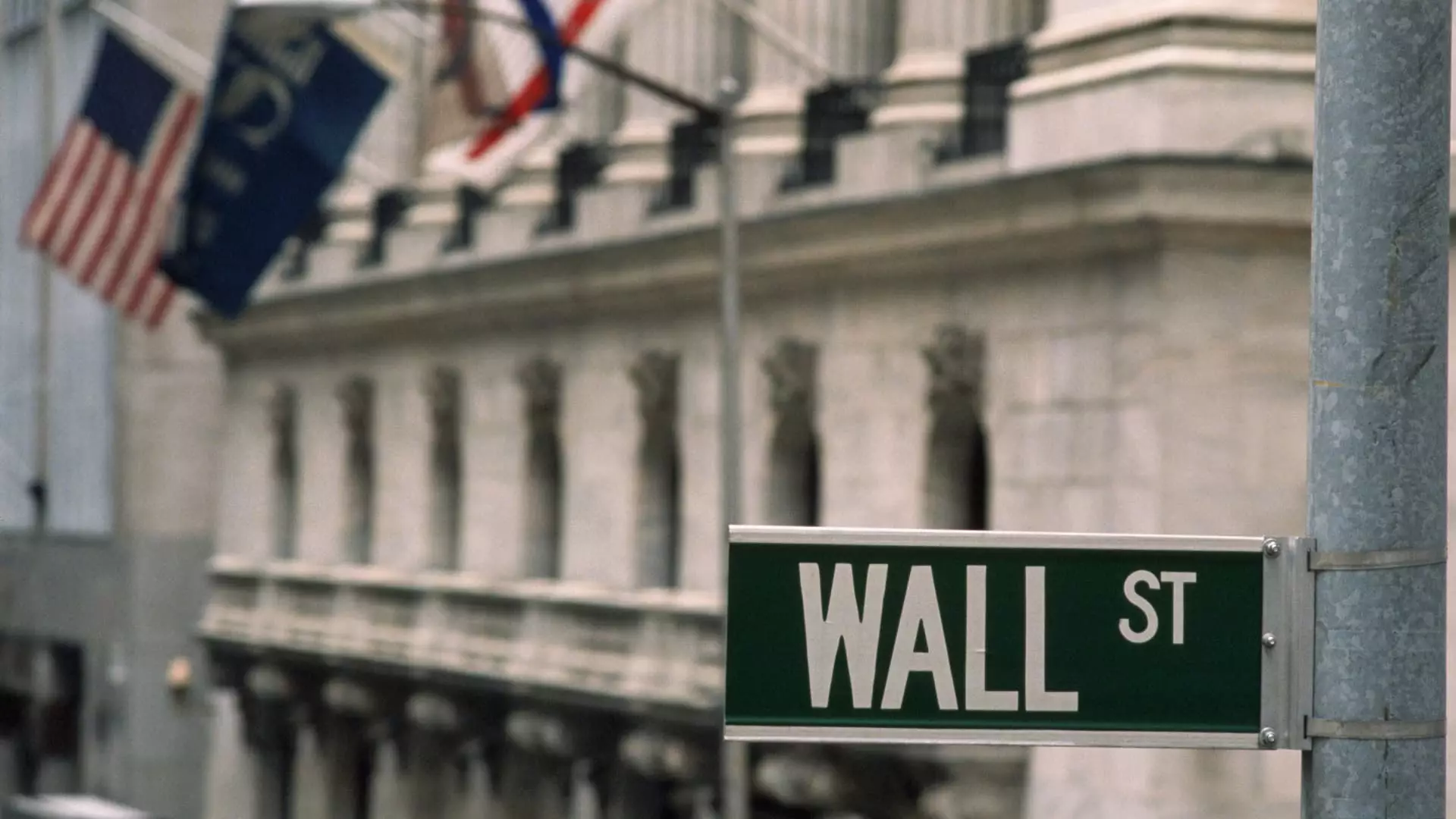As we delve into 2025, the initial public offering (IPO) market has experienced a modest resurgence, with more than a dozen IPOs debuting recently. Despite the uptick in activity, investor enthusiasm has been lukewarm, indicating a cautious approach from the market. The latest IPO, launched on a Thursday, adds to this growing list, yet the broader sentiment is one of skepticism. This hesitance reflects concerns over broader economic conditions and market volatility, which have historically deterred investors from fully embracing new public offerings.
Despite the prevailing lukewarm reception, Nasdaq’s president, Nelson Griggs, remains optimistic about the IPO landscape. During a recent interview with CNBC’s “ETF Edge,” he noted that the latter half of 2025 could see marked improvements in the IPO scene. Griggs describes this market as akin to a pendulum, oscillating between private and public investment landscapes. He emphasized that after three years of subdued capital raising in public markets, there is now a significant backlog of companies eager to enter the market. This dichotomy suggests that while the current environment may be challenging, the potential for a robust recovery looms on the horizon.
However, the path to public listing is not without obstacles, as demonstrated by firms like Panera Brands, which has encountered a series of setbacks in its quest for an IPO. Such complications underscore a broader trend where even promising companies face hurdles when attempting to transition to public markets. For instance, Twin Peaks, a new entrant in the market, is a spinoff from Fat Brands designed specifically to alleviate corporate debt, highlighting how some IPOs are being used as strategic maneuvers rather than pure growth opportunities.
Additionally, the landscape is complicated by the influx of private capital, particularly from tech companies and those in the artificial intelligence arena. Players like OpenAI have been able to secure substantial funding in the private sphere, which diminishes their urgency to pursue IPOs. This trend reflects a shift in market dynamics, wherein companies can achieve substantial liquidity without the regulatory pressures associated with public trading. Griggs has acknowledged this evolution, noting that the private sector has adapted to offer more liquidity, yet he staunchly believes that for enduring financial health and market credibility, public exposure remains essential.
While the IPO market is experiencing a tentative uptick in activity, various factors—including market sentiment, structural challenges, and the allure of private fundraising—contribute to a complex investment environment. Griggs’ insights suggest that although the current climate is fraught with uncertainty, there are signals of a potentially significant shift toward recovery. As we progress through the year, both industry stakeholders and potential investors will be closely watching the market for signs of sustained growth and the possible resurgence of IPOs as a viable path for companies navigating their next phases of development.

